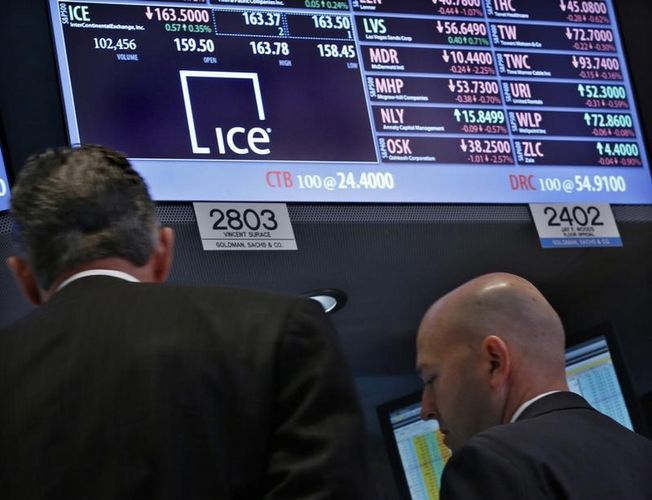The riskiest end of the US corporate debt market has been slow to catch a bid this year amid a broader rally in high-yield bonds, but that could change as investors stretch for more yield, sources told IFR.
Despite a general “risk-on” attitude this year - average high-yield spreads have tightened by 120bp this year, according to ICE BAML data - Triple C rated corporate bonds have not outperformed.
The sector has given returns of 5.18% so far this year, said JP Morgan on Thursday, in line with Single B rated bonds, up 5.52%, and Double Bs, up 5.22%.
Triple C spreads have tightened by 36bp over the past 10 days, according to ICE BAML, in line with the broader high yield market which has rallied by 32bp.
The late stage of the US credit cycle is making investors wary about their exposure to the riskiest and most volatile part of the high yield market.
But, as opportunities in safer assets dry up, bond buyers are naturally looking to riskier deals to chase returns and this could spark a rally in Triple C bonds.
“When things get quiet, people start chasing returns,” said one investor. “Triple Cs will be the next leg of the rally and I don’t think some of those names can stay depressed for much longer.”
A leveraged finance syndicate banker said: “With the rally this year, the higher quality assets rallied first - we’re now seeing people starting to reach further down, as people are anticipating the next part of the rally to come from lower-rated credits.”
The primary market has shown that there is demand for new paper in the Triple C sector.
Clear Channel Worldwide Holdings priced an upsized US$2.235bn bond on Thursday with Caa1/CCC+ ratings.
And last week, Dun & Bradstreet was able to price a Triple C rated US$750m eight year unsecured bond to finance its private equity backed leveraged buyout.
Both deals offered enticing yields: Clear Channel was priced with a 9.25% coupon, while Dun & Bradstreet offered 10.25%.
But investors hungry for yield remain discerning even in the risky end of the pool.
They have shown more enthusiasm for secured bonds that have been on offer in the primary market, pointing to lingering concerns about the credit cycle.
Dun & Bradstreet’s unsecured bond, for example, was downsized from an initial US$850m. However, the higher-rated secured portion was increased to US$700m from US$500m.
Leads were also able to tighten pricing inside guidance on the secured portion, but the unsecured was unchanged.
“Do you really want to be buying unsecured bonds in sponsor-led deals that are seven or eight times levered?” said the investor.
“You can still hit a single by participating in the senior end of those transactions.”
